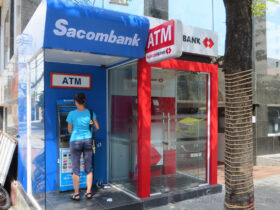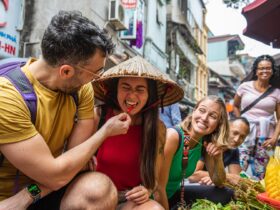The moment I stepped off the plane in Hanoi, the humid air hitting my face, I knew I wanted to share my location with friends back home. But as I reached for my phone, that dreaded notification appeared: “Welcome to Vietnam! International roaming rates apply.” That’s when I realized how essential a local SIM card would be for my three-week adventure through Vietnam.
After navigating the sometimes confusing (and occasionally misleading) world of Vietnamese telecommunications during multiple visits, I’ve compiled this comprehensive guide to help you avoid the mistakes I initially made and stay connected affordably throughout your journey.
Why You Absolutely Need a Vietnamese SIM Card
When I first visited Vietnam in 2023, I debated whether to rely on international roaming or just use hotel WiFi. Big mistake. Purchasing a local SIM card in Vietnam offers significant advantages over relying on international roaming, including:
- Dramatic cost savings: A month of unlimited data in Vietnam costs roughly what you’d pay for a single day of international roaming
- Reliable connectivity: Navigate unfamiliar streets, translate menus, and call rides with confidence
- Local number access: Easily book hotels, tours, and make restaurant reservations
- Access to ride-sharing apps: Grab (Southeast Asia’s Uber) becomes your best friend for avoiding taxi scams
- Safety net: Staying connected provides peace of mind, especially when traveling solo
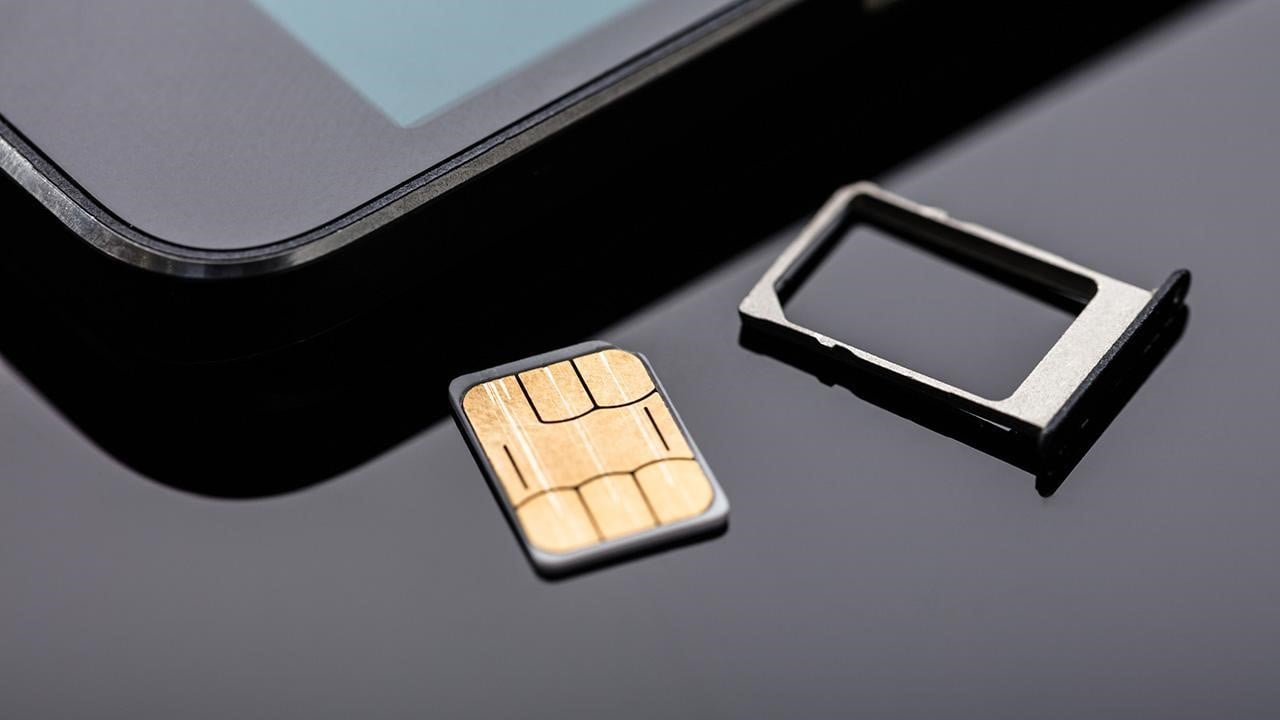
Understanding Your SIM Card Options in Vietnam
Physical SIM Cards vs. eSIMs
Vietnam offers both traditional physical SIM cards and newer eSIM options:
Physical SIM Cards:
- Traditional, tangible cards you insert into your phone
- Widely available from all major providers
- Requires presenting your passport for registration
- Generally easier for less tech-savvy travelers
eSIM Cards:
- Digital SIM profiles activated by scanning a QR code
- Perfect if your phone supports dual SIM functionality
- Can be purchased before arrival (though often at premium prices)
- Convenient for keeping your home number active simultaneously
- Viettel offers both eSIMs and physical SIMs at the same price (though third-party eSIM providers charge significantly more)
Before your trip, check if your phone is unlocked and eSIM compatible. Most newer iPhones and Android flagships support eSIM, but it’s worth confirming specifically for your model.
Major Mobile Providers in Vietnam: Which to Choose?
During my trips across Vietnam, I’ve personally tested three of the four major mobile networks. Here’s my honest assessment:
Viettel
My personal recommendation for most travelers
- Network Coverage: The most extensive coverage across Vietnam, including rural areas and inside buildings
- Speed: Consistently fast 4G/5G in cities and reliable connections in more remote regions
- Tourist-Friendliness: Staff at official stores often speak basic English
- Price Point: Mid-range pricing with excellent value
- Unique Selling Point: Military-owned provider with infrastructure priority
When I trekked through Sapa’s remote villages and cruised Ha Long Bay, Viettel maintained connection where other travelers’ phones showed “No Service.”
VinaPhone
- Network Coverage: Excellent in cities and tourist areas, surprisingly good in some rural regions
- Speed: Fast and reliable in urban centers
- Tourist-Friendliness: Less English support than Viettel
- Price Point: Similar to Viettel
- Unique Selling Point: Some users report better coverage in forests and mountain areas
During my trip to Phong Nha caves, VinaPhone maintained service in areas where even Viettel struggled.
MobiFone
- Network Coverage: Strong in major cities and tourist destinations
- Speed: Comparable to other networks in urban areas
- Tourist-Friendliness: Limited English support
- Price Point: Often slightly cheaper than Viettel
- Unique Selling Point: Sometimes offers more competitive tourist packages
Vietnamobile
- Network Coverage: Limited mostly to urban areas
- Speed: Generally slower than other options
- Price Point: Budget-friendly
- Not Recommended: Several travelers I met who chose Vietnamobile for cost savings ended up buying a second SIM from another provider
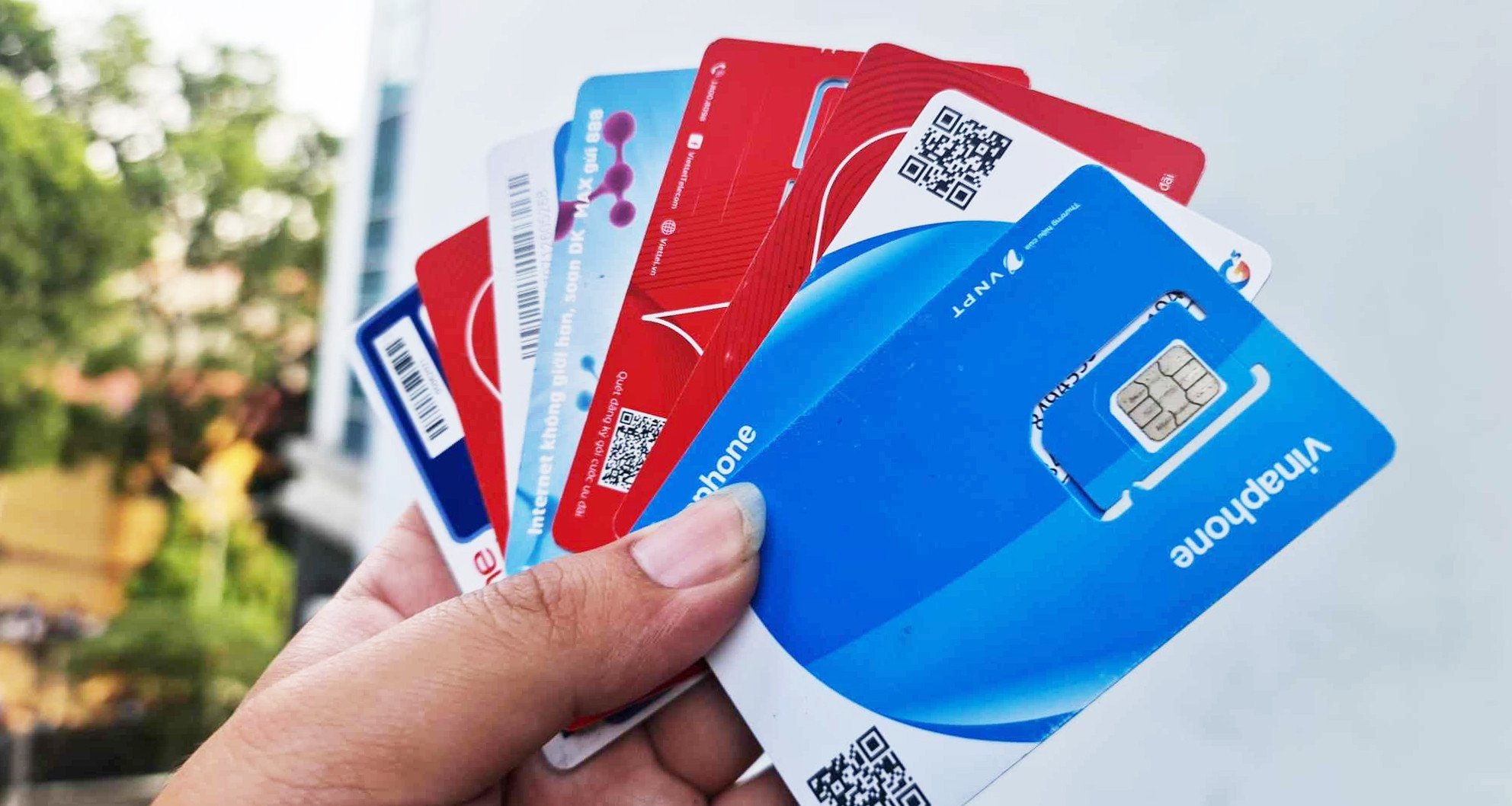
Where to Buy Your SIM Card: The Airport Trap
The most important advice I can offer: avoid airport SIM card vendors at all costs. This was my most expensive mistake during my first Vietnam trip.
Airport Vendors: A Tourist Trap
The airport scenario plays out like this: You exit customs, tired after a long flight, and are immediately bombarded by vendors shouting “SIM SIM SIM!” They offer seemingly amazing deals—unlimited data for $15? Sounds great!
Here’s what actually happens:
- You’ll pay 3-5x more than city prices
- Many travelers receive used, previously registered SIM cards
- These SIMs often stop working after 1-2 days
- Some are registered to receive voice calls only, not data
- Customer service is non-existent when problems arise
At Tan Son Nhat Airport (Ho Chi Minh City), I witnessed tourists being charged 350,000 VND (about $14) for packages costing 90,000 VND ($3.50) in the city.
The Safest Option: Official Provider Stores
The safest way to purchase an authentic SIM card at the correct price is by visiting an official store of your chosen provider. Here’s what to look for:
- Viettel Stores: Look for stores with glass entrance doors and air conditioning
- Location: All major cities have multiple official stores
- Process: Bring your passport, choose a plan, and they’ll set everything up for you
- Setup Time: About 10-15 minutes to register, install, and test
When I visited an official Viettel store in Da Nang, the staff helped me choose the right plan, set up my phone settings, and even demonstrated how to check my balance—all for a third of what the airport vendor wanted to charge.
Temporary Solution: Use Airport WiFi
If you arrive late or are anxious about navigating to an official store, here’s my recommendation:
- Connect to airport WiFi
- Book a Grab ride to your accommodation
- Ask your hotel reception for directions to the nearest official provider store
- Purchase your SIM card the next morning
This approach saved me nearly $12 on my second trip and provided better service.
Best SIM Card Packages for Tourists in 2025
Based on my experience and comparing with other travelers, these are the current best value plans for tourists (prices current as of February 2025):
Viettel Tourist Packages
| Package | Price (VND) | Data Allowance | Validity | Best For |
|---|---|---|---|---|
| SD70 | 70,000 (~$2.90) | 30GB (1GB/day) | 30 days | Budget travelers |
| SD120 | 120,000 (~$5.00) | 60GB (2GB/day) | 30 days | Average users |
| SD150 | 150,000 (~$6.20) | 90GB (3GB/day) | 30 days | Heavy users |
| SD200 | 200,000 (~$8.30) | 120GB (4GB/day) | 30 days | Digital nomads |
Note: The SIM card itself typically costs 50,000 VND (~$2) extra
The sweet spot for most travelers is the SD120 or SD150 package. During my three-week trip through Vietnam, I never exceeded 2GB per day even with regular navigation, social media, and video calls home.
MobiFone Tourist Packages
Similar packages are available from MobiFone, often at slightly lower prices but with less consistent coverage in remote areas.
VinaPhone Tourist Packages
VinaPhone offers comparable packages to Viettel with occasional promotions that provide even more data.
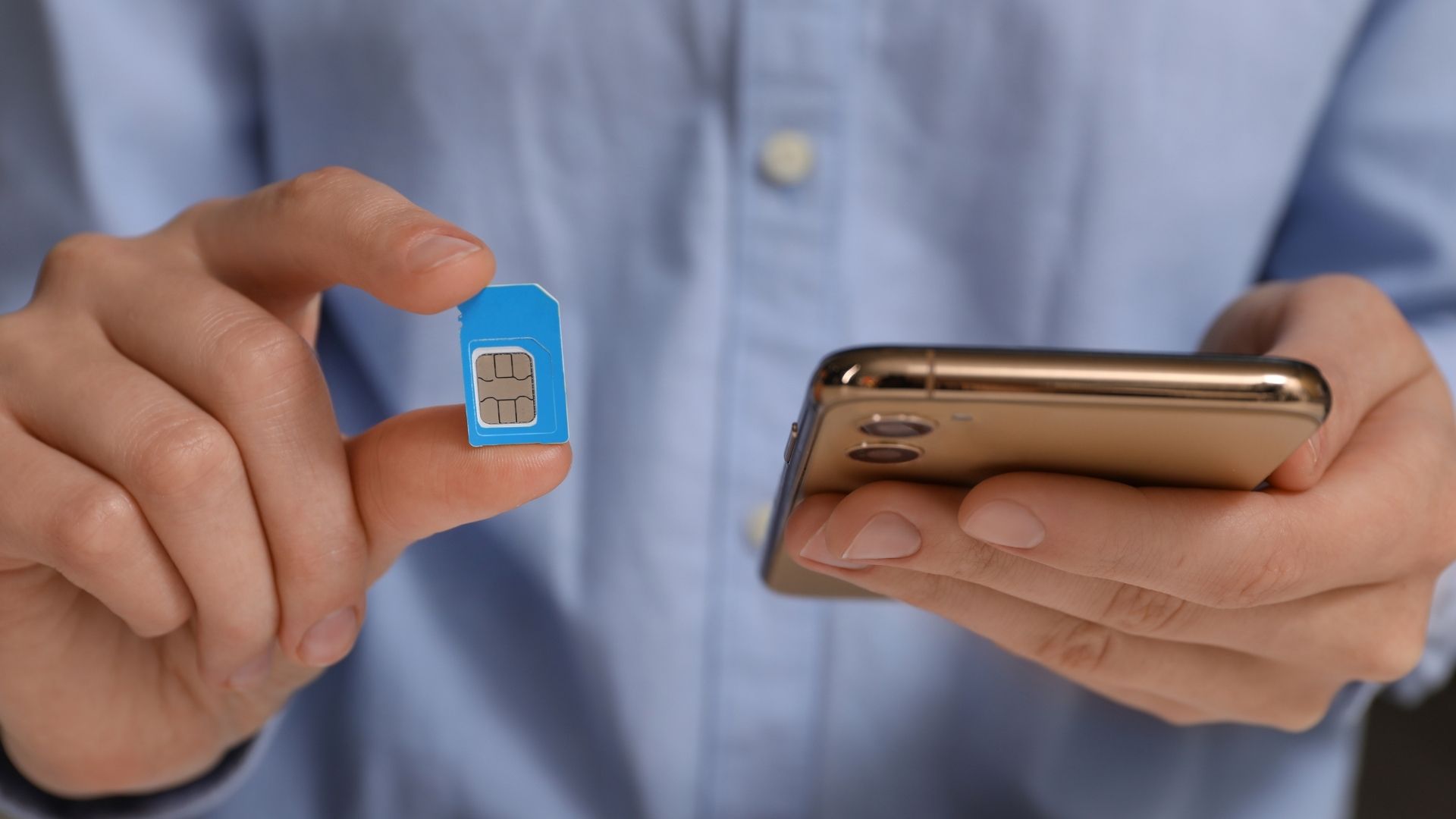
Step-by-Step: How to Buy and Set Up Your Vietnamese SIM Card
What You’ll Need:
- Your passport (original, not a copy)
- An unlocked phone
- Cash (while credit cards are accepted at official stores, having cash is always good backup)
The Process:
- Find an Official Store: Google Maps can direct you to the nearest official Viettel, VinaPhone, or MobiFone store
- Select Your Package: Tell the staff you’re a tourist and how long you’ll be in Vietnam
- Registration: They’ll photocopy your passport and register the SIM to your name (required by law)
- Installation: The staff will install and activate your SIM card
- Testing: Before leaving, test:
- Data connection (try loading a website)
- Ability to make/receive calls
- Receiving the confirmation SMS with your phone number and balance
- Get Documentation: Ask for a receipt with your phone number, account details, and balance information written down
- App Installation: For Viettel, you might be encouraged to install the “My Viettel” app, though be warned it’s primarily in Vietnamese
When I visited the Viettel store near Ben Thanh Market in Ho Chi Minh City, the entire process took less than 15 minutes, and I walked out with a perfectly functioning SIM card for under $8 total.

Common Problems and Solutions
SIM Card Not Working
If your SIM card stops working:
- Check your balance (dial *101# for Viettel)
- Ensure mobile data is enabled in your phone settings
- Try restarting your phone
- Visit any official store of your provider for assistance
Running Out of Data
To check your remaining data:
- Viettel: Dial *098#
- VinaPhone: Dial *888#
- MobiFone: Dial *900#
If you need more data, you can purchase add-on packages at any official store or through the provider’s app.
APN Configuration Issues
If your internet doesn’t work despite having a signal, you might need to configure your Access Point Name (APN) settings:
For Viettel:
- Name: Viettel
- APN: v-internet
- Leave other fields blank
Tips From My Experience
Important Phone Numbers
- Viettel Customer Service: 198 (or +84 98 198 0198)
- VinaPhone Customer Service: 189
- MobiFone Customer Service: 900
- Emergency: 113 (Police), 115 (Ambulance), 114 (Fire)
Money-Saving Tips
- Use WiFi whenever possible: Most hotels, cafes, and restaurants offer free WiFi
- Download maps for offline use: Google Maps allows downloading areas for offline navigation
- Enable data saver mode: Reduces background data usage
- Avoid video streaming: Quick social media browsing uses minimal data, but streaming videos can quickly deplete your allowance
Dual SIM Strategy
If your phone supports dual SIM or eSIM + physical SIM:
- Keep your home SIM active for receiving authentication codes and important calls
- Use your Vietnamese SIM for data and local communications
- Configure your phone to use the Vietnamese SIM for data to avoid roaming charges
Final Thoughts: Staying Connected in Vietnam
Having a reliable SIM card transformed my Vietnam experience. From navigating the chaotic streets of Hanoi to calling a Grab motorcycle taxi after getting caught in a monsoon rain in Hue, staying connected provided both convenience and safety.
The key takeaway from my multiple trips: spend the extra 30 minutes to visit an official store rather than opting for the quick but problematic airport option. That small investment of time will save you money and potential headaches throughout your journey.
As you explore Vietnam’s breathtaking landscapes and vibrant cities, having affordable, reliable connectivity ensures you can share those experiences with loved ones back home while navigating with confidence. And when you’re wandering through the lantern-lit streets of Hoi An or cruising along the Mekong Delta, that peace of mind is truly priceless.
